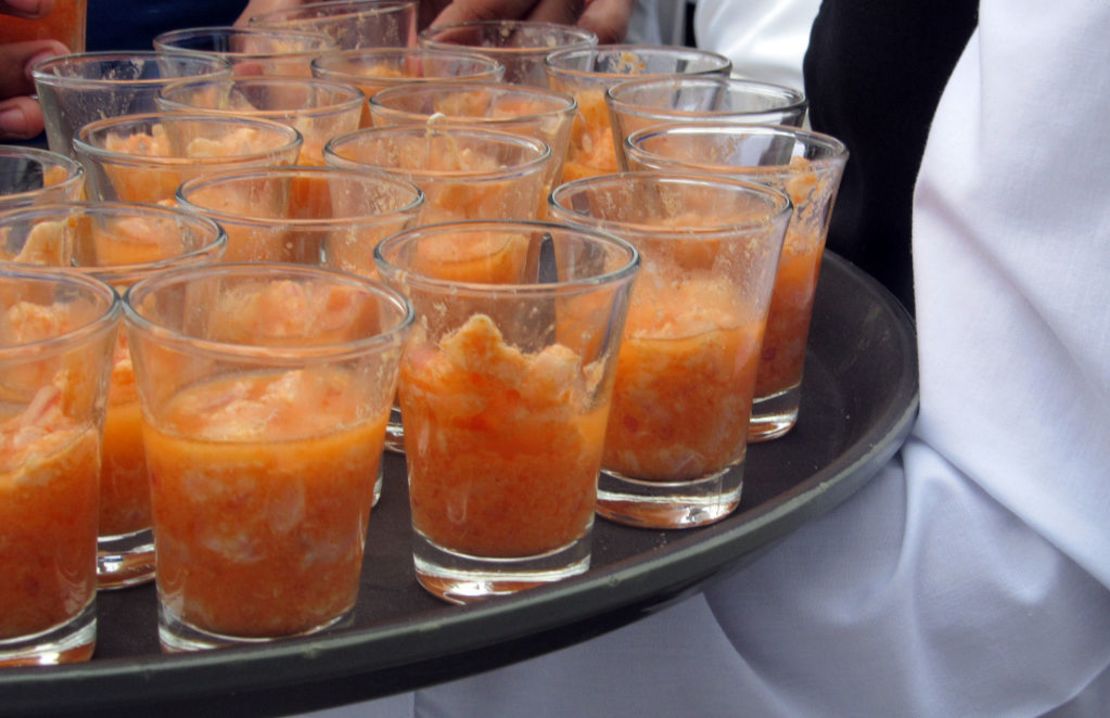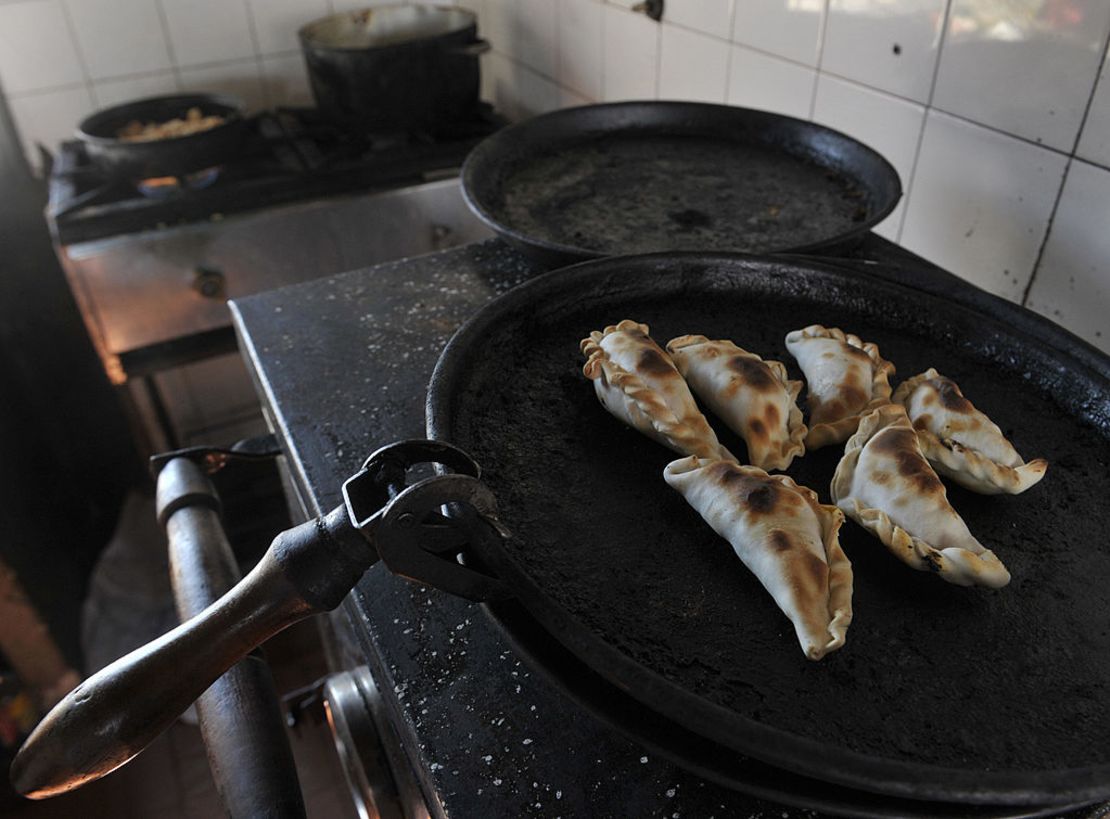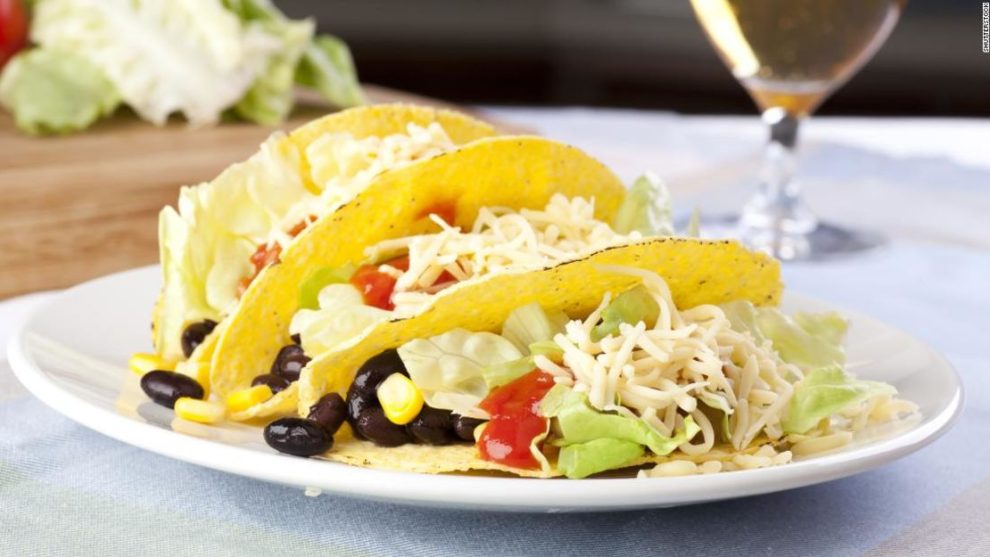( Spanish) – Tacos, arepas, empanadas, guacamole, ceviche, and more… are words (and foods) of Latin American origin, but they have conquered palates in the U.S.
Without a doubt, Latin American cuisine is very popular in this country, since this region and each country has unique representative foods or dishes.
A simple and complex word can explain this phenomenon: migration. And not just in the last three decades, but throughout history.
For example, according to Jeffrey M. Pilcher, in an article titled The Latin roots of American food, As collected in a more extensive text on the external influences that the United States has received, around 1909 a corn miller named José Bartolomé Martínez patented the formula for what are now corn tortillas.
Puerto Ricans also influenced American cuisine, “stimulating the food trade and industry in New York City,” Pilcher writes. At the end of the last century, when Puerto Ricans received American citizenship, migration increased and many arrived after serving in the military and were welcomed with dishes such as “rice with green pigeon peas, cod fritters, and mofongo with tostones.”
Meanwhile, America’s neighbor Mexico has made a major contribution to American food. As Pilcher writes, one Mexican businessman was very successful in “franchising ethnic exoticism and giving Anglo-American consumers the opportunity to try Mexican food.” According to that article, a Mexican immigrant named Juvencio Maldonado—who worked from 1930 to 1960 at a New York restaurant called Xochitl—patented “the original taco shell.”
And more migration came with Latin American food in the middle of the last century: The Cuban Revolution, dictatorships in the Southern Cone in the 1970s, and the Central American civil wars of the 1980s “introduced new types of cuisine to restaurants at the same time that Latin American food processing companies began to carve out spaces in domestic markets,” Pilcher wrote.
Now, the influence of Hispanics has grown so much in recent years that their population in the U.S. has doubled in recent decades. According to figures from the Pew Research CenterThe Hispanic population in the U.S. grew from just over 35 million people in 2000 to nearly 59 million in 2017.
By 2019, Latinos represented 18% of the total population in the United States, according to that organization.
Immigration has influenced local gastronomy.
“More recent immigration has introduced a wider variety of recipes from all over Latin America,” adds Jeffrey M. Pilcher, in his article.
And Mexico, a neighbor of the United States, was one of the pioneers in bringing local food to the neighboring country, according to Pilcher, who describes how the term “Tex-Mex” was initially used to label foods that were not authentic American, but rather typical of the culinary style of Mexicans living in Texas; dishes such as wheat tortillas and grilled meat were initial references to Mexican food.
But, he adds, by the 1990s, “Mexican food had emerged as one of the three most popular types of ethnic restaurants, and salsa (a spicy tomato-based paste) surpassed ketchup as the best-selling condiment in the U.S..”
“Cuisine is one of the first ethnic markers to be absorbed by local communities,” said Cristiana Diaz and Peter Oreresearchers from the School of Sociology in the School of Social and Behavioral Sciences at the University of Arizona, who published a study on the influence of Hispanic and Asian food in the United States.
According to them, there is “strong evidence that Asian and Hispanic populations are important contributors to local culinary culture.” And they can transform the local population.
“We interpret this as evidence that ethnic populations can transform tastes, demands and opportunities for those who are not within the ethnic community,” Díaz said.
“We are trying to shift the focus to show that the fabric of American culture can be transformed as a result of immigration,” he added.
And entrepreneurs have put their share in the American market.
“Political exiles and economic migrants introduced new types of cuisine for restaurants while Latin American food processing companies began to make room in domestic markets, including for basic foodstuffs (Maseca tortillas, Bimbo bread) and alcoholic beverages (Chilean wines, Corona beer).
“In this way, the growing demographic importance and higher professional status of Latinos have contributed to a more general recognition and interest in Latin foods,” Pilcher points out.
We’re probably missing many dishes to name here, but we have a list of some of the most popular Latin foods in the United States, which you can find on almost every corner.
According to TasteAtlas’ “Top 100 MOST POPULAR DISHES in the world” list, which was updated in April 2021, tacos are the most popular Latin American food in the world.
“Tacos are Mexico’s national dish, and they date back to the Mexican silver mines of the 18th century when the word taco referred to gunpowder that was wrapped in a piece of paper and pushed into rocks. It was used to extract the precious mineral from the mines and were called tacos de minero. Today, the word is widely known to designate Mexico’s main street and fast food: tortillas.” […] with numerous fillings, folded and can be eaten without any utensils,” explains Taste Atlas.
And attached to this, there are tortillas, which are used for tacos and nachos and, according to this ranking of popular food, they are ranked ninth in the world and second in Latin America.
Mexican food is very popular in the United States, as in addition to tacos and tortillas, there is also guacamole, burritos, quesadillas and Mexican tamales, among others.
“Ceviche is the national dish of Peru, consisting of slices of raw fish or seafood that are seasoned with salt, onions and chili peppers, and then marinated in lime juice. Due to the acidity of the juice, the texture of the fish changes, as does its color: from pink to white,” describes TasteAtlas.
The Peruvian dish, according to voters on the website, was ranked 58th out of the 100 most popular in the world. In the region, it is number eight.

According to TasteAtlas, churrasco “is a Brazilian barbecue method in which juicy pieces, slices, fillets and chops of beef, lamb, pork and chicken are placed on large skewers and roasted over a wood fire.” But beware, there is not only Brazilian churrasco. Argentines and Uruguayans will also claim their share of barbecues and the love of grilling, each in their own way.

Venezuelan? Colombian? Who cares! Arepas are arepas here, there and in the United States. They are a bread made from corn or precooked corn flour that is also consumed in several countries such as Colombia, Venezuela, Panama, Puerto Rico and the Dominican Republic.
This is a sensitive issue for Venezuelans and Colombians. Although there is much discussion about where the arepa actually originated, we do know that the world record for the largest arepa is held precisely by Venezuela. On March 23, 2011, the Harina PAN brand from Empresas Polar cooked the largest arepa in the world. It weighed 493.2 kilograms and fed 2,800 people.
And in Atlanta, for example, we find a famous arepería called “Arepa Mía,” a restaurant owned by Venezuelan Lis Hernández, who as a child – with her mother – sold arepas in a famous plaza in Petare, one of the largest neighborhoods east of Caracas. Hernández left her country in the 1990s and in 2011 opened her restaurant in Atlanta.

From a vendor of arepas in Petare to a businesswoman in Atlanta

Although they originated in Galicia, Spain, according to TasteAtlas, empanadas have their own Colombian, Argentine, Venezuelan, Bolivian, Chilean, Mexican versions… each country has given this delicious dish its own touch and it is another of the foods that have conquered the United States.
They can be eaten as a snack, but they can also be a great main dish for some working people as they “provide them with the energy and nutrients they need for a hard day’s work,” says TasteAtlas.
And what about accompanied with spicy food… or guacamole, or tomato sauce or mayonnaise… the combinations are endless.
We know that many Latin American dishes were left out, but the selection would be endless.





![[Img #74676]](https://thelatestnews.world/wp-content/uploads/2024/12/Laser-artificial-neuron-150x150.jpg)










Add Comment